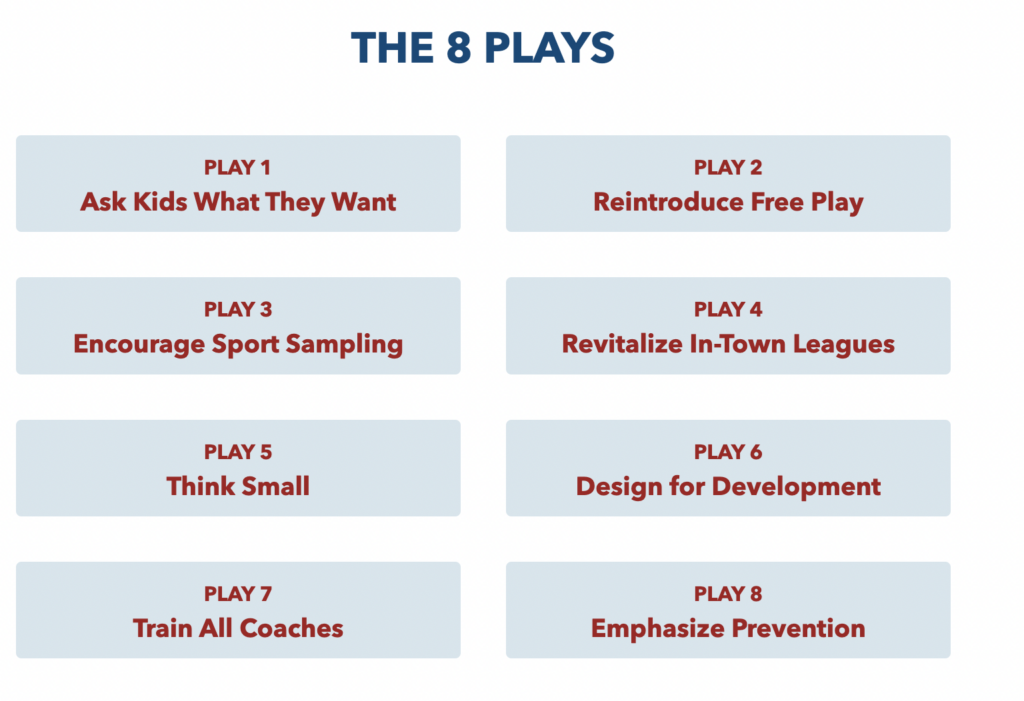– The Privilege of Play
Think about your team. Can you imagine the players that always arrive on time, with their equipment on and their ball pumped up? Next, can you imagine the players that are most likely to come ten minutes late, and have forgotten their water bottles? It’s easy to think about that first group as the most committed and hardest working while considering the second group lazy and forgetful. But, if we take a closer look, there may be a bigger story to tell.
Inclusive coaching skills help us to create safe and welcoming environments for all players. But our teams don’t operate in a vacuum. Systemic racism and inequality in the world show up in our teams as barriers to access and limited resources. Taking antiracist action as a coach requires that we not only focus on the time we are with our players, but also consider who has access and what resources it takes to participate fully.
The idea of this module is to debunk some of the untrue, unhelpful assumptions that we may hold about each other, and to start talking about who has access and resources in soccer and who doesn’t. By the end of the module, you and your team will have spent time examining your privileges, naming the barriers to access in soccer, and beginning a conversation about how systems in our country are set up to exclude some and boost others.
In soccer, as in US society, increased access and resources are directly related to increased opportunity and better outcomes
Forms of interpersonal and systemic racism continue to create barriers to access and inequitable distribution of resources for players of color
A creative, collective effort integrating anti-racism is required to make US Soccer more equitable and inclusive for all participants
Sport for All, Play for Life: A Playbook to Get Every Kid in the Game from The Aspen Institute is a culmination of ideas from over 250 thought leaders that houses 8 key strategies to shape programs that impact the lives of youth. These strategies aim to ensure that all children by the age of 12 “have the ability, confidence, and desire to be physically active for life.”
Each strategy or “play” focuses on a specific sector related to youth programming and include specific steps and additional resources for people working in that sector. Please take time to explore the plays that are most relevant to your position.
The Playbook